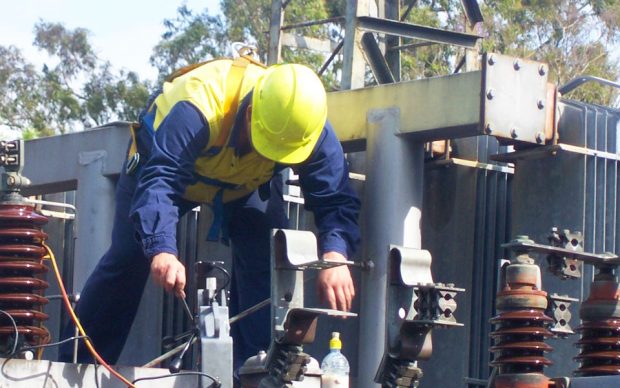Hazardous waste disposal

Hazardous waste disposal methods
Waste materials produced by companies can be considered as either hazardous or non-hazardous. There are different ways of hazardous waste disposal, with the most desirable being reduction of the waste quantity at its source or to recycle the materials and use them to do something productive. However much we would like to only consider these two methods, they are not the only ways of solving the hazardous-waste disposal problem. At one time or another, a certain amount of hazardous waste will need to be treated, stored, or disposed of.
Treatment
There are different methods of treating hazardous waste. They include thermal, biological, chemical, and physical methods. Thermal methods of treatment include incineration in high temperatures, which detoxify and destroy certain organic waste. Using some special types of thermal equipment, it is possible to burn waste whether it is in solid, liquid or sludge form. These equipment include a multiple-hearth furnace, fluidized-bed incinerator, liquid-injection incinerator, and rotary kiln. Hazardous waste incineration can be a major source of air pollution. Chemical methods include precipitation, ion exchange, neutralization and oxidation, and reduction.
Some organic wastes, e.g. those from the petroleum industry can be treated biologically using land farming. This method involves mixing the surface soil on an appropriate tract of land. If the land needs microbes to work on the waste, they can be added to aid in the metabolism process.
These thermal, chemical and biological methods of treatments alter the molecular form of the material. On the other hand, physical treatment can either solidify, concentrate or reduce the volume of the waste material. The physical treatment processes include sedimentation, evaporation, filtration, flotation, and sedimentation.
Surface Storage and land disposal
Some hazardous wastes may fail to be destroyed by the above methods and need to be disposed of in the right manner. Under such situations, land disposal is the decisive destination, even though it is not an attractive method due to the inherent environmental risks involved.
Land disposal can be grouped as either landfilling or underground injection. Prior to land disposal, the temporary methods used are containment systems and surface storage. If there is a need to store hazardous waste in temporary on-site storage facilities, then waste piles and lagoons or ponds can be used. A new waste pile can only be used to store non-containerized solid, non-flowing waste material, and when the pile becomes unmanageable, then the waste must be landfilled. The base of new waste piles must be impervious and should be at standard with the landfills regulatory requirements and should be protected from wind erosion or dispersion. There should also be a provision of monitoring and control systems if there is leachate generation.
Secure landfills
The landfilling regulations of containerized waste or hazardous waste are very strict compared to those of municipal solid waste. Secure landfills that are used for hazardous waste disposal indicate that there should be a minimum separation of 3 meters (10 feet) between the base of the landfill and the underground water table. Two water-resistant liners and leachate collection systems must be used in every secure hazardous-waste landfill.
In order to prevent contamination of underground water, a series of deep wells used for groundwater monitoring must be drilled in and around the site. These wells are used to collect samples so that leaks can be detected and an action to resolve taken immediately.
One way of liquid hazardous-waste disposal is the deep-well injection (using a steel casing to pump liquid waste into a porous limestone or sandstone layer). Although the method is inexpensive, it has a high risk of contaminating the underground water supplies.



